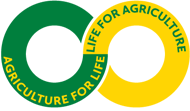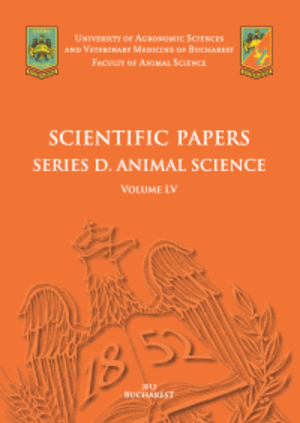Published in Scientific Papers. Series "Management, Economic Engineering in Agriculture and rural development", Vol. 24 ISSUE 2
Written by Mihaela Anca COSERAN (BURNEA), Emilia CONSTANTINESCU, Aurel Liviu OLARU, Gabriela PĂUNESCU, Matei Marcel DUDA
The purpose of the paper is to study to what extent the production and productivity elements of the armory culture is influenced by biostimulators in the pedo-climatic conditions of the experimental field located in the town of Măciuca, Vâlcea county. The work is based on a trifactorial experience, where factor A is the genotype, with 5 gradations: from Prahova, from Secuieni, from Iasi, Dacia Plant and from Brașov; factor B is the applied biostimulator, with 4 grades: untreated, Cropmax, BioHumusSol and Bioenne; factor C is the sowing density, with 3 gradations: 5 pl/m2, 0 pl/2, 25 pl/2. The three-factor interaction genotype x biostimulator x decime influenced calathidium diameter, production and MH. The Prahova population showed differences of 25 pl/2, when treated with BioHumusSol and Bioenne. The Sequoia cultivar was more productive at plots of 0 pl/2 and 25 pl/2 both untreated and treated with BioHumusSol and Bioenne. Desimea and the biostimulator influenced the Iași cultivar to a very small extent. Dacia Plant was the only one that reacted very significantly to the treatment with Cropmax, at the rate of 25 pl/2. The Brașov population recorded increases in production when treated with Bioenne, in both plots. These interactions technological requests for the cultivation of armors in experienced pedoclimatic conditions.
[Read full article] [Citation]

 Next Issue will be published according the the calendar.
Next Issue will be published according the the calendar.



